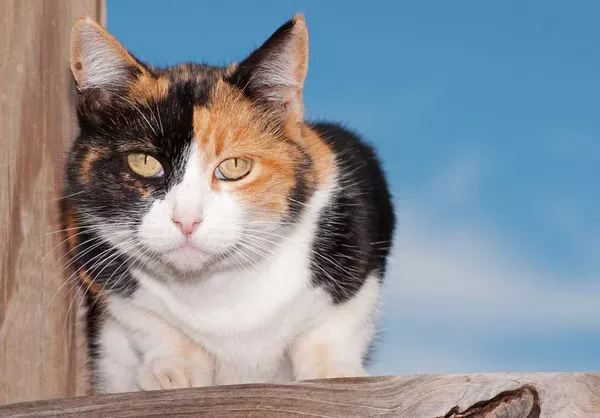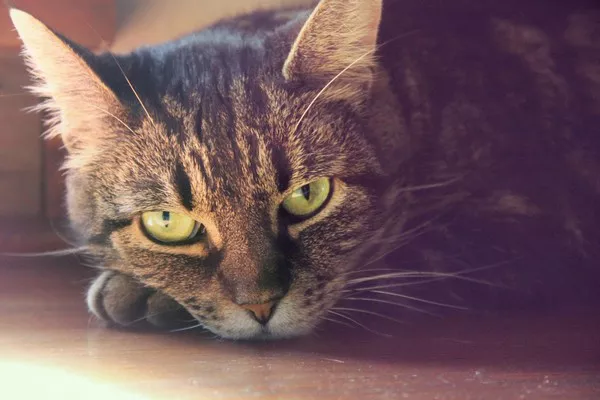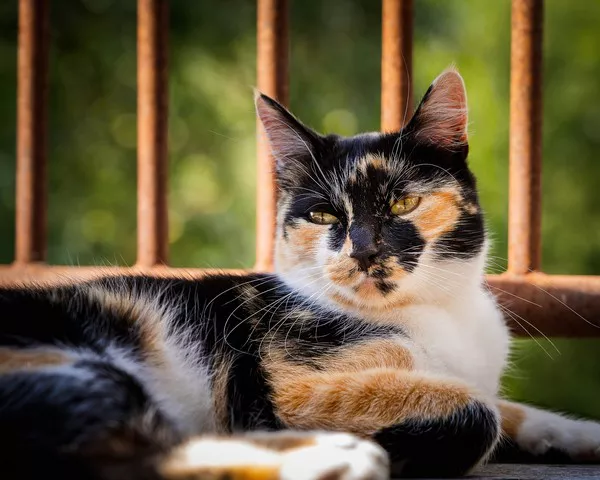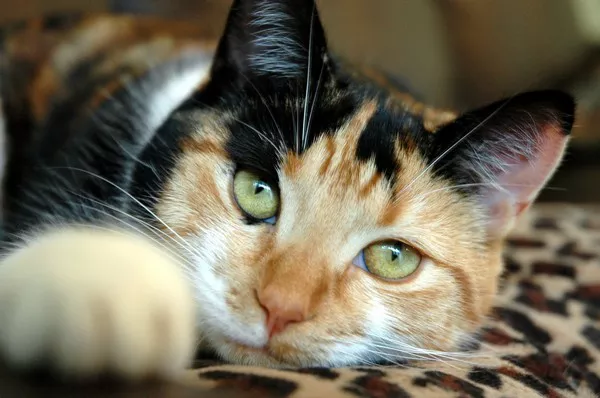Calico cats, with their enchanting tricolor coats, have long captured the admiration of cat enthusiasts worldwide. However, the question of their origin remains shrouded in mystery. In this exploration, we embark on a journey to unravel the historical tapestry of calico cats, seeking to trace their roots and understand the countries where these captivating felines may have first emerged. From ancient folklore to genetic intricacies, the quest for the homeland of calico cats takes us on a fascinating expedition through time and across cultures.
The Tapestry of Calico in Japan
A Cloak of Imperial Grace:
Japan emerges as a significant contender in the origin story of calico cats, where these tricolor felines are celebrated for more than just their aesthetic allure. In Japanese folklore, the calico cat is often considered a symbol of good luck and prosperity. The “Maneki-neko” or beckoning cat, a popular figurine with a raised paw, is often portrayed in calico colors and is believed to bring fortune and happiness to its owner.
Historically, calico cats in Japan were highly revered, with the calico pattern symbolizing the divine and the mystical. The association of these cats with the imperial courts and aristocracy further elevated their status. While the precise timeline of their introduction to Japan remains unclear, the reverence for calico cats in Japanese culture has deep roots, suggesting a long and intertwined history.
The Cultural Connection:
Beyond folklore, the cultural significance of calico cats in Japan extends to the realm of art. Ukiyo-e, a traditional Japanese woodblock printing style, often featured calico cats in various scenes, emphasizing their charm and elegance. The seamless integration of calico cats into the artistic tapestry of Japan further solidifies their place in the country’s cultural heritage.
In contemporary Japan, calico cats continue to be cherished, and their images adorn a variety of merchandise, from stationary to accessories. Cat cafes, where patrons can enjoy the company of feline friends, frequently feature calico cats, honoring the deep cultural connection between the people of Japan and these multicolored marvels.
Calico Cats in Egypt
An Ancient Presence
While Japan holds a prominent place in the calico cat’s narrative, Egypt also emerges as a contender for the origin of these tricolor felines. Historically, Egypt has been revered for its association with cats, dating back to ancient times when cats were considered sacred and revered beings. Cats, including those with calico patterns, were believed to possess protective qualities, guarding against evil spirits.
The ancient Egyptians’ reverence for cats is well-documented, with depictions of spotted and multicolored cats found in hieroglyphs and artworks. These representations suggest that calico-like patterns may have existed among the feline companions of the Pharaohs. The cultural and symbolic significance of cats in ancient Egyptian society hints at the possibility that calico cats, with their distinctive coat patterns, may have been present in this historical landscape.
Calico Cats in Europe
A Tapestry of Trade
As trade routes expanded and civilizations interacted, the presence of calico cats began to weave its way into European societies. The Silk Road, a network of trade routes connecting the East and West, facilitated the exchange of goods, ideas, and, quite possibly, feline companions. The intricate patterns of calico cats may have captivated traders and travelers alike, leading to the introduction of these exotic felines to European households.
In medieval Europe, cats, including those with calico patterns, became valued for their role in controlling the rodent population. The gradual integration of calico cats into European society marked a shift from their exotic allure to their practical contributions. Over time, calico cats became not only treasured pets but also guardians of granaries and homes.
Genetic Marvels and the Calico Code
The Chromosomal Kaleidoscope
While the historical and cultural threads provide glimpses into the possible homelands of calico cats, the genetic underpinnings of their distinctive coat patterns add a layer of complexity to the narrative. Calico cats owe their multicolored splendor to a fascinating genetic phenomenon linked to the X chromosome.
In calico cats, the coat color genes reside on the X chromosome. Female cats typically have two X chromosomes (XX), while males have one X and one Y chromosome (XY). The calico pattern arises when one X chromosome carries one color gene, such as black, and the other X chromosome carries a different color gene, such as orange. The random process of X chromosome inactivation in each cell during embryonic development creates the mosaic of colors seen in calico coats.
Importantly, calico patterns are almost exclusively found in female cats due to the unique genetics governing coat color inheritance. Male calico cats are exceptionally rare and typically result from genetic anomalies, such as having an extra X chromosome (XXY), a condition known as Klinefelter syndrome.
The Worldwide Spread
A Global Tapestry:
As the wheels of time turned and global connections strengthened, calico cats transcended borders and found their way into diverse corners of the world. Their journey from Japan, Egypt, and Europe to various continents was marked by the ebb and flow of human civilization, trade, and exploration.
In the Americas, calico cats became cherished members of households, appreciated for their unique and captivating coats. The widespread appeal of calico cats, coupled with their adaptability to different climates and environments, facilitated their integration into families across North and South America.
In Asia, the allure of calico cats persisted, with their images gracing cultural artifacts and modern merchandise. The deep-rooted connection between calico cats and cultural symbolism continued to thrive in countries such as China, where the feline companions carried on their legacy of bringing good fortune.
In Africa, calico cats added their vibrant hues to the diverse mosaic of feline diversity. From the ancient associations in Egypt to their presence in contemporary households, calico cats in Africa became part of the rich tapestry of human-feline companionship.
Conclusion
In the captivating tale of calico cats, the quest to determine their specific country of origin remains elusive, and perhaps rightly so. These tricolor felines have gracefully woven themselves into the fabric of cultures across the globe, leaving an indelible mark on the hearts and homes of those who have had the pleasure of their company.
Whether in the serene landscapes of Japan, the mystique of ancient Egypt, the medieval homes of Europe, or the diverse corners of the Americas, calico cats have transcended geographical boundaries. Their unique coat patterns, a testament to the intricate dance of genetics, have added a touch of whimsy and wonder to the world of feline companionship.
As we celebrate the multicolored marvels that are calico cats, we honor not only their potential origins but also the diverse cultures and societies that have welcomed them into their homes. In the end, the true homeland of calico cats is the collective embrace of humanity, where these enchanting felines continue to leave an indelible paw print on the canvas of our shared history.
























